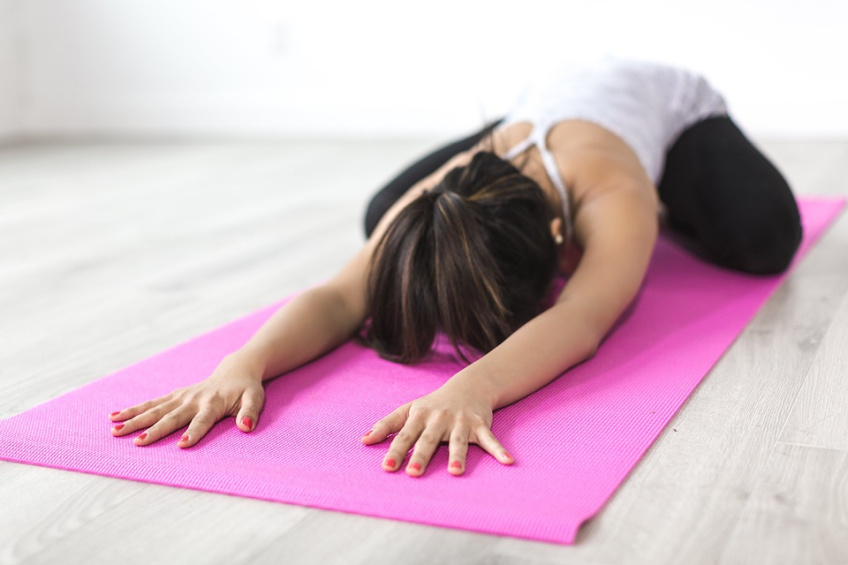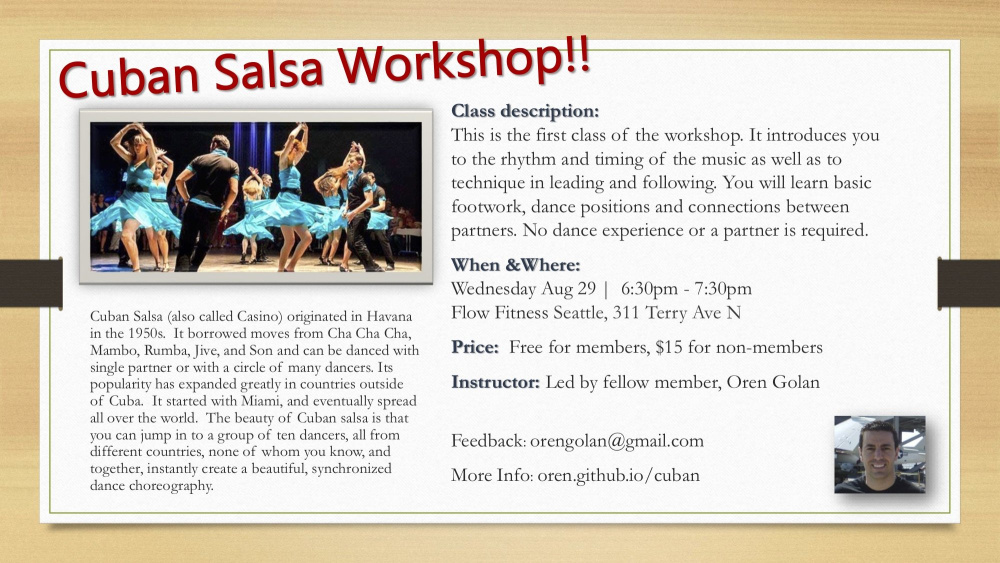Mobility is a big buzz word in the health, fitness, and performance world. Open any fitness magazine or Instagram page and you can read about ways to improve mobility. While the information is abundant, there is still a lot of confusion as to what it is and how to add it into your everyday life. So, let’s take a moment to define, validate, and incorporate mobility.
Mobility- What is it?
Though flexibility is a component of mobility, they are not the same thing! Mobility primarily focuses on the body’s ability to self- control a joint though its full range of motion with the goal of establishing new and useable ranges. Flexibility, on the other hand, is the muscles ability to lengthen regardless of control or strength. For example, if you lie on your back and try to bring your leg straight up in the air, you may find that it stops well before that 90-degree angle you so desire. However, if you ask your Flow Personal Trainer to push your leg back as far as the muscle will allow, you may find that you can successfully get to 90 degrees (if not further). In this instance you have proven that you have the hamstrings flexibility to get to 90 degrees but lack the requisite strength and mobility (primarily in the hips) to get there yourself.
Mobility- What is it good for?
Now that we understand what mobility is (or isn’t). Let’s discuss how it can help you. For starters, mobility training keeps your joints healthy by continually ‘reminding’ them of what they are supposed to do (allow movement) and how they are supposed to do it (with control). Like most things, when un-challenged, the body will lose abilities it no longer thinks it needs. Further, by having healthy joints and strength at various ranges of motion, you may reduce the chance of injury (ankle roll, hamstring pull, etc.) because the joint has “been there before” and you have actively established resiliency.
Another great advantage is that improved mobility increases performance by allowing you to move into various positions (like a squat) while having the strength to control the weight without compensation. Finally, improved mobility in areas like the ankles and hips take stress away from joints primarily meant for stability, like the knee and lower back. So, before you toss out your running shoes and take deadlifts out of your program, consider mobility.
Mobility- How to do It?
For most of the population, you can never mobilize too much, and you should do mobility training every single day (2-3 times per day if you want to bullet proof your body). This does not have to be a marathon session lasting several hours as 15-30 minutes per day will do wonders. Further, we recommended you mobilize first thing in the morning, after long periods of sitting, and prior to any physical activity.
While focusing on every single joint would be ideal, the areas we find most beneficial to focus on are the ankle, hip, thoracic spine (middle back), and shoulders. Finally, mobility drills should be done in various positions such as standing, tall kneeling, seated, or lying (stomach and back) and with control (i.e. Slowly)
If you are looking for detailed instructions on how to properly mobilize and gain physical freedom, we strongly recommended attending one of our Kinstretch Classes in Fremont on Tues @ 6:30pm and Thurs @ 7:30am, as well as, our Personal Training, Strength Camp, and Team Conditioning sessions which include several mobility exercises throughout each workout.









